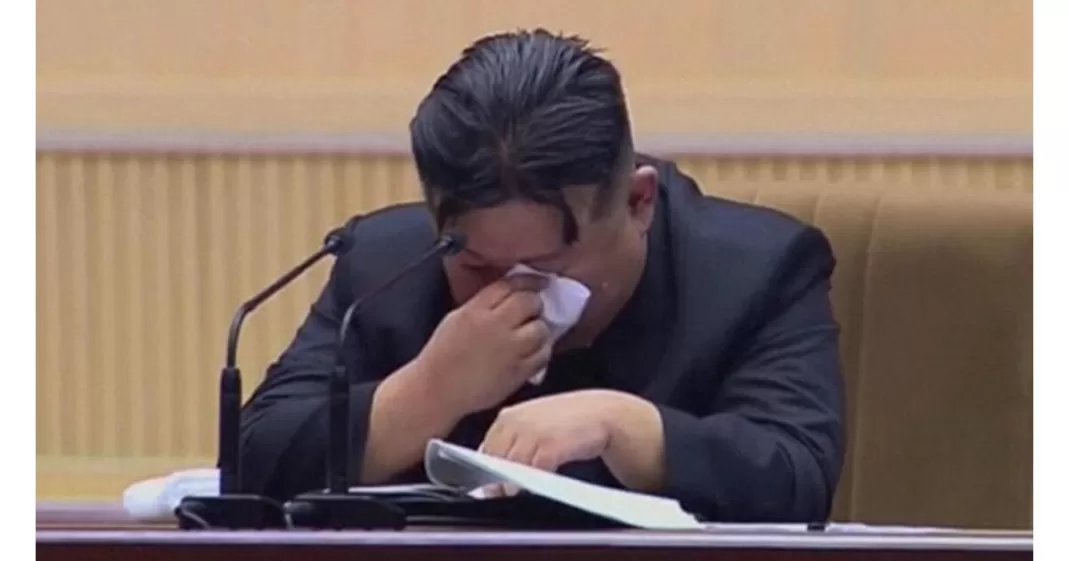North Korean leader Kim Jong-un pleads for women to give more birth to babies to tackle the dwindling population of the country.
While addressing the women in the speech, teary-eyed Jong-un appealed to women to tackle the declining birth rate in North Korea. His crying while making the speech was shot on camera. The video later went viral on social media.
While addressing the women during the 5th National Mother Meeting in Pyongyang, he dabbed his eyes.
“Stopping the decline in birth rates and providing good childcare and education are all our family affairs that we should solve together with our mothers,” Mr Kim told the meeting.
Experts say most new families in North Korea have only one child as the families claim they need so much money to raise more than a child. As per the reports, the fertility rate has been dropping in North Korea for more than a decade.
“I too always think about mothers when I have a hard time dealing with the party and the state’s work,” Kim said. He thanked women for fulfilling their duties in strengthening the nation.
Read more: Bernie Sanders opposes $10 billion Israel aid
The fall in the birth date has made it extremely difficult to predict population trends in North Korea.
“Stopping the decline in birthrates and providing good child care and education are all our family affairs that we should solve together with our mothers,” he said in his opening speech.
According to the statistics agency in South Korea, in 2022, North Korea’s total fertility rate, which is the average number of babies expected to be born to a woman in her lifetime, was 1.79. This figure represents a decline from 1.88 in 2014.
The appeal of Kim Jong-un to increase the birth rate is in contrast to extensive birth control programs initiated by North Korea in the 1970s and 1980s to control post-war population growth.














